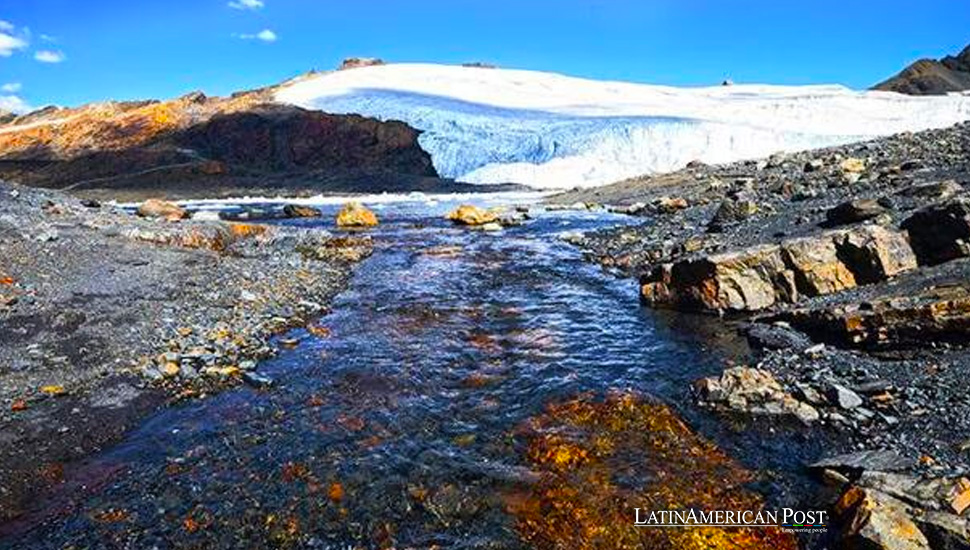Heat Waves Under the El Niño Spell as Peru’s Climate Crisis Intensifies

Peru is grappling with an unprecedented climate challenge, facing 32 daytime and 27 nighttime heatwaves, predominantly along its northern and central coasts, amid the 2023-2024 El Niño Costero phenomenon. These extreme temperatures, surpassing records in regions like Piura and Lima, signal a pressing environmental and health emergency.
Peru is enduring an extraordinary climatic ordeal, with a significant increase in heat waves impacting the country’s northern and central coastal regions. This recent climatic phenomenon, attributed to the El Niño Costero event of 2023-2024, has ushered in a series of unprecedented environmental and health challenges in the country’s history. The nation has witnessed 32 daytime and 27 nighttime heatwaves, highlighting a severe escalation in weather extremes.
The Ministry of Health (Minsa) in Peru has reported that the most prolonged heatwaves have led to more than 100 consecutive warm days in the northern region of Piura and Lima and over 200 warm nights consecutively in Piura. Such prolonged periods of elevated temperatures clearly indicate the changing climate and its direct impact on human and ecological well-being.
Historically, El Niño is a climatic phenomenon characterized by warming ocean surface temperatures in the central and eastern tropical Pacific Ocean. This event has far-reaching impacts on global weather patterns, often leading to extreme weather conditions such as floods, droughts, and heatwaves. The current El Niño Costero, a localized version affecting the Peruvian coast, exacerbates these conditions, resulting in record-breaking temperatures and adverse health outcomes.
Record-Breaking Temperatures and Health Risks
For instance, the town of Mallares in Piura registered a staggering 38.2°C on January 8, setting a new record for the current summer season. Other affected areas include Buena Vista in the northern region of Áncash, with temperatures reaching 34.5°C, and Palpa in southern Ica, where the mercury hit 36.7°C. These extreme temperatures are not only uncomfortable but pose significant health risks, leading to the first reported heatstroke death in the city of Palpa.
The increase in nighttime temperatures has also been notable, with La Cruz in Tumbes reaching an unprecedented 26.9°C. This shift towards warmer nights disrupts standard sleeping patterns and exacerbates the risk of heat-related illnesses. Other regions, such as Áncash and Ica, have experienced similar increases, highlighting the widespread nature of this climatic event.
In response to these conditions, Minsa issued an epidemiological alert to healthcare providers across various sectors, including regional governments, social security, the armed forces, the national police, and private clinics. The alert aims to prepare these entities for increased heat-related illnesses, particularly heatstroke, which has become a growing concern amid the rising temperatures.
Health System Strain and Climatic Impact
The health intelligence analysis from Minsa indicates a 48% increase in outpatient and emergency care visits in 2023, with a significant number of these cases attributed to heatstroke, particularly between January and April. This data underscores the direct impact of the heat waves on public health and the strain it places on the country’s healthcare system.
The National Meteorology and Hydrology Service (Senamhi) reports that Metropolitan Lima is experiencing a daytime heatwave lasting more than 15 days, with districts like Jesús María and La Molina recording temperatures of 33.7°C and 33.8°C, respectively. These figures are reminiscent of the summers of 1983 and 1998, also influenced by El Niño events, suggesting a cyclical pattern of climatic extremes tied to this phenomenon.
Senamhi forecasts that the high temperatures will persist along the Peruvian coast until mid-February, particularly in the southern regions of Arequipa, Moquegua, and Tacna. This continuation is attributed to warm northern winds and the weakening of the South Pacific Anticyclone, further compounded by the current El Niño Costero.
The seasonal summer forecast indicates that daytime and nighttime temperatures will remain above average, which aligns with global observations of increasing temperatures and more frequent heat waves. This situation in Peru serves as a stark reminder of the urgent need for comprehensive climate action and adaptation strategies to mitigate the impacts of such extreme weather events on vulnerable populations.
As Peru navigates through these challenging climatic conditions, the importance of international cooperation and local resilience becomes increasingly apparent. Addressing the root causes of climate change and investing in sustainable development are critical steps in ensuring the well-being of the Peruvian population and the global community facing similar climatic adversities.





